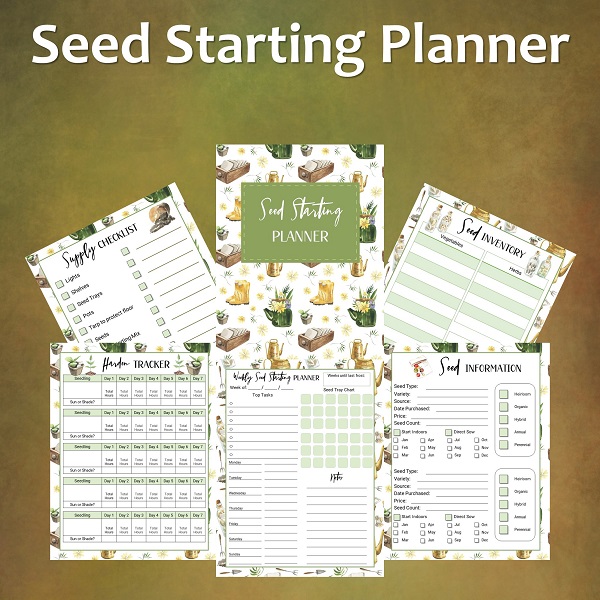Leila
 Starting a garden isn’t that hard. You just have to get started and learn as you go along. The home garden experts today were newbies once. You don’t get there by merely planning. Take action. Get a shovel, dig out the dirt and start planting a few plants. Learning soil cultivating methods, like mulching or composting, can also help because in the long run, your garden will depend on the quality of your soil.
Starting a garden isn’t that hard. You just have to get started and learn as you go along. The home garden experts today were newbies once. You don’t get there by merely planning. Take action. Get a shovel, dig out the dirt and start planting a few plants. Learning soil cultivating methods, like mulching or composting, can also help because in the long run, your garden will depend on the quality of your soil.
The healthier your soil is, the healthier your plants will be. Healthy organic soil has a huge difference in the success of growing food. It also promotes a web of live organisms, including fungi, bacteria, nematodes as well as slugs and worms that play crucial roles in your plants’ life. Most of the composts in the commercial ads are low in microbial life and sterilized. Soil life is complex so you have to be careful on how to make it healthy. You must be aware about using pesticides because it kills your soil; hindering your garden’s full potential. Here are some natural organic methods to make your garden soil more productive: Continue reading
 As you embark on your journey to growing more food from home, you might also want to be able to season your food. This is where herbs come in. Having fresh herbs on hand is a great way to be encouraged to cook more at home and experiment with different flavors. You can start your own herb garden with these easy tips.
As you embark on your journey to growing more food from home, you might also want to be able to season your food. This is where herbs come in. Having fresh herbs on hand is a great way to be encouraged to cook more at home and experiment with different flavors. You can start your own herb garden with these easy tips.
Choosing Your Herbs
When you want to start an herb garden, the first thing you will do is choose the types of herbs to grow. While technically you can choose any herbs you want, there are a few things to consider. First, you want to think about the herbs that are easier to grow, such as basil, chives, dill, and oregano. These are good for beginners because they are simple to grow, even for black thumbs.
Then there are the herbs that are good to get as young plants. That way, you don’t have to start them from seeds. Herbs that are often available as young plants from nurseries are sage, thyme, rosemary, and basil. Of course, you should also think about the herbs you will use most in your cooking. Continue reading
 It’s no secret — cats are unpredictable and extremely territorial so keeping cats out of garden areas can be a bit tricky. They mark their territory by depositing pheromones from scent glands (urinating or otherwise), and will continue to visit as long as their scent remains.
It’s no secret — cats are unpredictable and extremely territorial so keeping cats out of garden areas can be a bit tricky. They mark their territory by depositing pheromones from scent glands (urinating or otherwise), and will continue to visit as long as their scent remains.
Best approaches Known to Keep Cats Away from Gardens
Broadly speaking, we can label all of these diverse approaches as “cat repellents,” since they are all designed to repel unwanted feline intruders from a specific area. But I’ll also provide an example of the commercial products more narrowly associated with the label, “cat repellents,” namely, products that come in a can and are sprinkled on the ground to keep cats away. Continue reading



